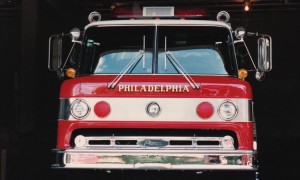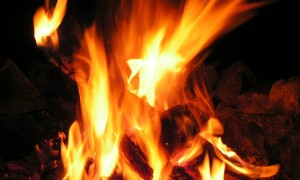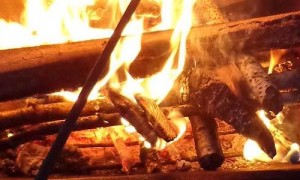 Today is Fire Safety Day. Please take the time to read these tips. It could help save your life one day.
Today is Fire Safety Day. Please take the time to read these tips. It could help save your life one day.
Help! Fire! The words terrify, particularly if you’re at home, and unprepared to put out a fire.
Sadly, the numbers add up: Last year, there were 370,000 home fires, causing $6.9 billion in property damage, according to the National Fire Protection Association.
Yet, it’s easy and inexpensive to follow safety measures to avoid the causes of most home fires. Fire Safety Week, which runs through Oct. 13, sends a loud message about the importance of understanding major causes, and heeding NFPA’s preventive measures:
MAJOR CAUSES OF HOME FIRES
Cooking fires. Kitchens are the hub of family life, with at-home cooking grabbing a starring role. Yet, it’s also the leading reason for home fires and injuries. The greatest number start when ingredients ignite (frying poses a particular risk), or a cook leaves a flame unattended.
To avoid a cooking fire: Avoid wearing loose-fitting clothing; keep the cooktop cleared of towels, papers or anything that can ignite; and stay in the kitchen when cooking. If you step away, turn off flames.
Never use water to extinguish a cooking oil fire. If a small grease fire develops, smother flames by sliding a lid over the pan, turn off the burner, and leave the lid on until the pan cools, suggests the NFPA. If an oven fire starts, turn off heat and keep the door closed. Never take unnecessary risks: If you’re ever in doubt, exit and call 911.
Home heating fires. Furnaces and space heaters help keep you toasty as temperatures dip, but they need an annual cleaning, according to NFPA.
NFPA suggests keeping anything that can burn at least three feet from equipment, and turning off space heaters (which account for one-third of home heating fires) when you leave a room.
Holiday fire safety risks. Holidays are festive, but not if you don’t make safety a guest. Take extra precautions around turkey day: Thanksgiving is actually the peak day for cooking fires, according to the NFPA!
The winter holidays also pose special concern: Remember to water a live Christmas tree and use nonflammable decorations, advises FEMA. And never leave a room with candles burning in a Hanukkah menorah. More tips? See this NFPA report.
FIRE SAFETY MEASURES FOR YOUR HOME
Beyond these basic preventative measures, you might also consider a three-pronged approach to fire safety:
Smoke detectors. Besides keeping smoke alarms in working order (test them monthly, and change out batteries twice a year), you need to install the right number: the NFPA advises having one outside separate sleeping areas and on every level. Alarms that flash or vibrate can be important if there’s a hearing-challenged member in the household.
Fire extinguishers. A fire extinguisher can be an important part of a fire safety kit, but you need to use the right tool for the job. It might be surprising to know that there are actually five distinct types of fire extinguishers—each designed to combat a different fire. Do a little research and outfit your home with the right extinguisher.
Automatic sprinkler systems. Common in office buildings, automatic sprinklers are increasingly being considered in private homes. They can be installed within the piping of new construction homes, but can also be retrofitted to fit in an existing home.
PRACTICE AN ESCAPE PLAN
Fires can quickly take a bad turn, spreading rapidly through your home. The NFPA says you may have as little as two minutes to escape your home safely once an alarm sounds.
Your best chance of getting out? It can depend on advance planning. So grab everyone in the household and develop a fire escape plan. Walk through your house and identify all possible escape routes (the NFPA even suggests having two ways out of every room) and choose a safe meeting point for your family outside the home. And, then, put the plan to the test. Try it out and practice it regularly.
Pauline Hammerbeck is a content editor for The Allstate Blog, which helps people prepare for the unpredictability of life.







[…] Facts and Lifesaving Safety Tips for Your Family […]
Installing fire and smoke curtain can also be a great move in preventing fires and containing smoke. – http://blazefiretechnology.co.uk/
Fire Security System educators conduct training, provide lectures and fire safety demonstrations in elementary schools, at tenant association meetings and at community and senior centers free of charge.